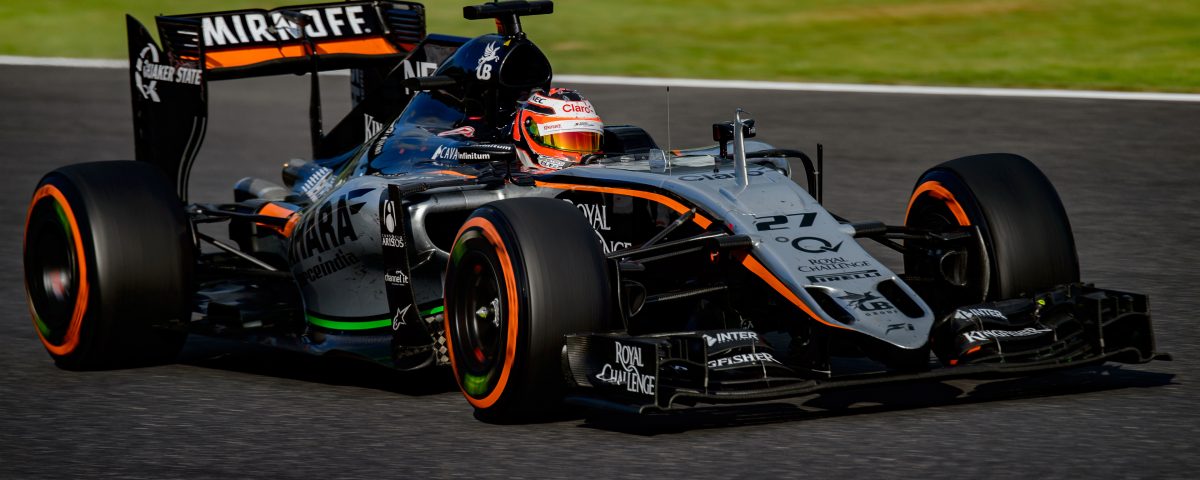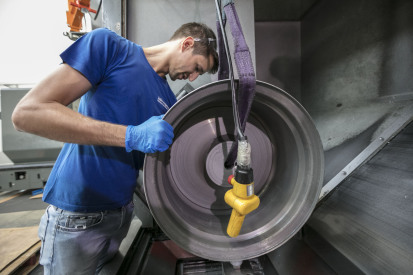
articolo2
5 Luglio 2018In Italy, good things start over a coffee. Italians don’t sit to drink their coffee. They have it standing, at the bar. Conversations over coffee are short, sharp and often animated, just like the espresso being knocked back. In a couple of hours, it’s “Prendiamo un caffè?” Time for another shot, when the conversation resumes where it left off.
Back in 2011, Luigi Lucaora, Technical Director for Motegi Racing in Italy, headed over to Padua to say hello to some colleagues at Michelotto, famous for working with Ferrari on the build of its GT racecars over the past four decades.
“It was nothing more than to say hello and thanks for some previous business and to drink a coffee,” recalls Lucaora. “Then, a week later,” he adds, “they called me back for another visit.”
This time Lucaora came with one of his Motegi Racing colleagues, and they were joined by representatives from Ferrari.
“As usual we started with coffee and a chat,” Lucaora recalls, “but at the end, they showed us some technical data for the front and rear wheels of the new Ferrari 458 Italia GT3 racecar that was being prepared for the upcoming season. They then asked if we could step in to design and build new wheels for the car within one month.
“You can imagine at first, we had something like a heart attack,” he says, with a telling laugh. “But we started right away to put together forging and machining activities, and it was a big challenge to start up with Ferrari. Nevertheless, we were able to come through for them, and we delivered new wheels to Ferrari for the 458 Italia GT3 at the first race in Monza.”
So, just like that shot of espresso, taken standing at the bar, the relationship between Ferrari and Motegi Racing started strong and fast. More importantly, it grew from results achieved together, rather than just commercial benefits.
“Ferrari selects its partners very carefully, looking at the compatibility of the brands in the global market and the corporate strategies to communicate the values of the brands,” according to Ferdinando Cannizzo, Ferrari Competizioni GT Technical Coordinator. “In the case of a technical partner, the core of the decision is in the authenticity of the technical contribution from the partner and the impact that it has on the performance of the car.”
Although Ferrari does not have a “factory racing team” in GT competition, it has over the last two decades formalized its GT racing involvement in the form of the Competizioni GT division. With the Ferrari 488 as the foundation, Competizioni GT services a variety of entrants in 26 different series around the world, including Pirelli World Challenge and the IMSA WeatherTech SportsCar Championship in the United States. In addition, the Ferrari Challenge Series operates on three continents through
the marque’s Corse Clienti division.


